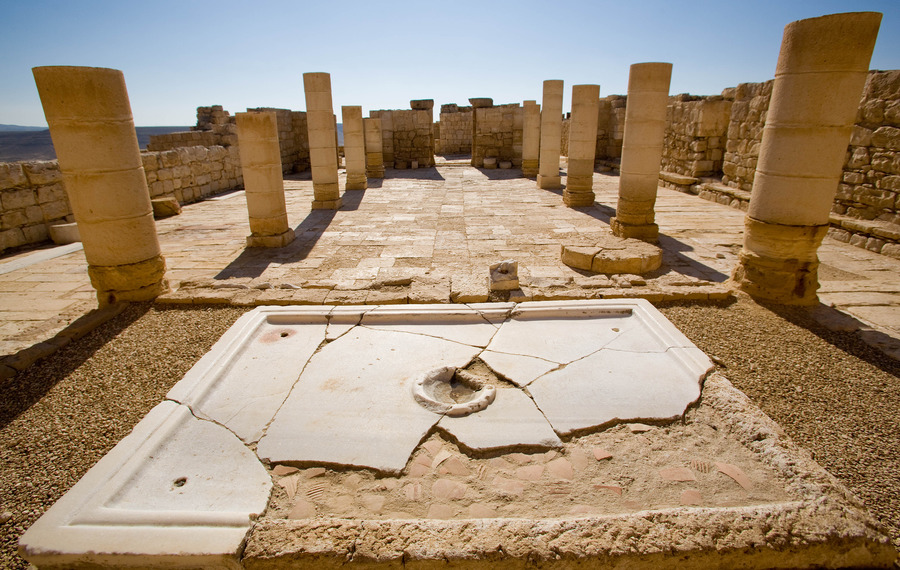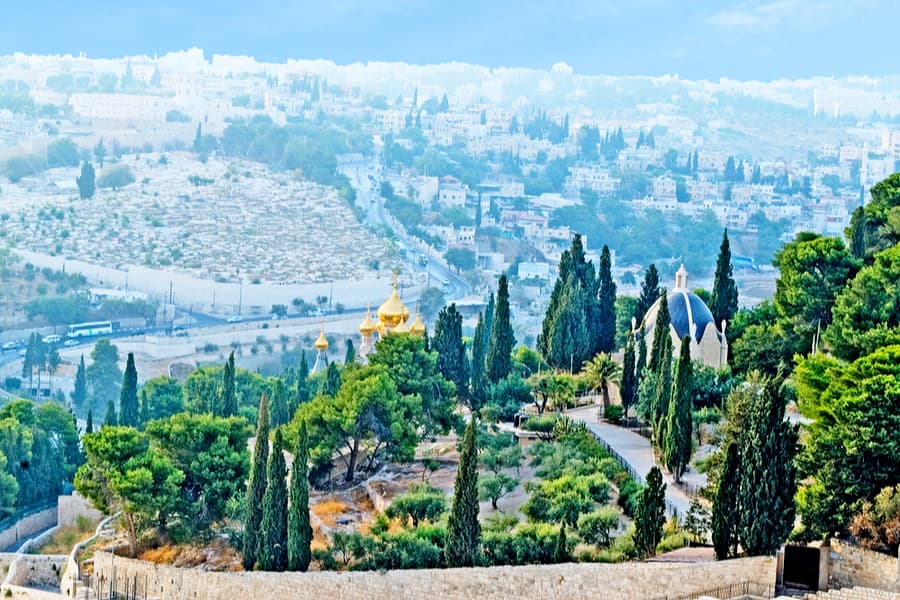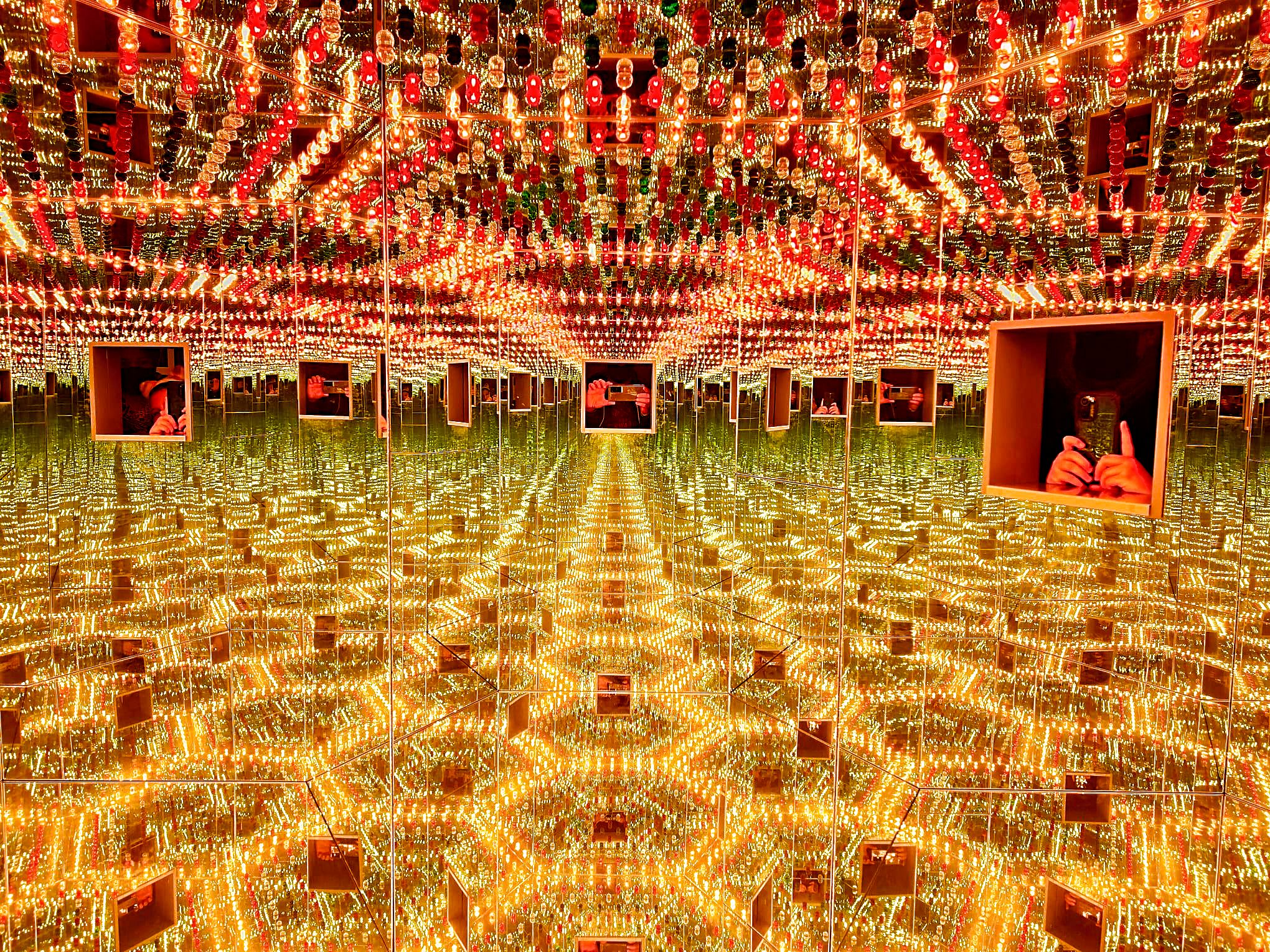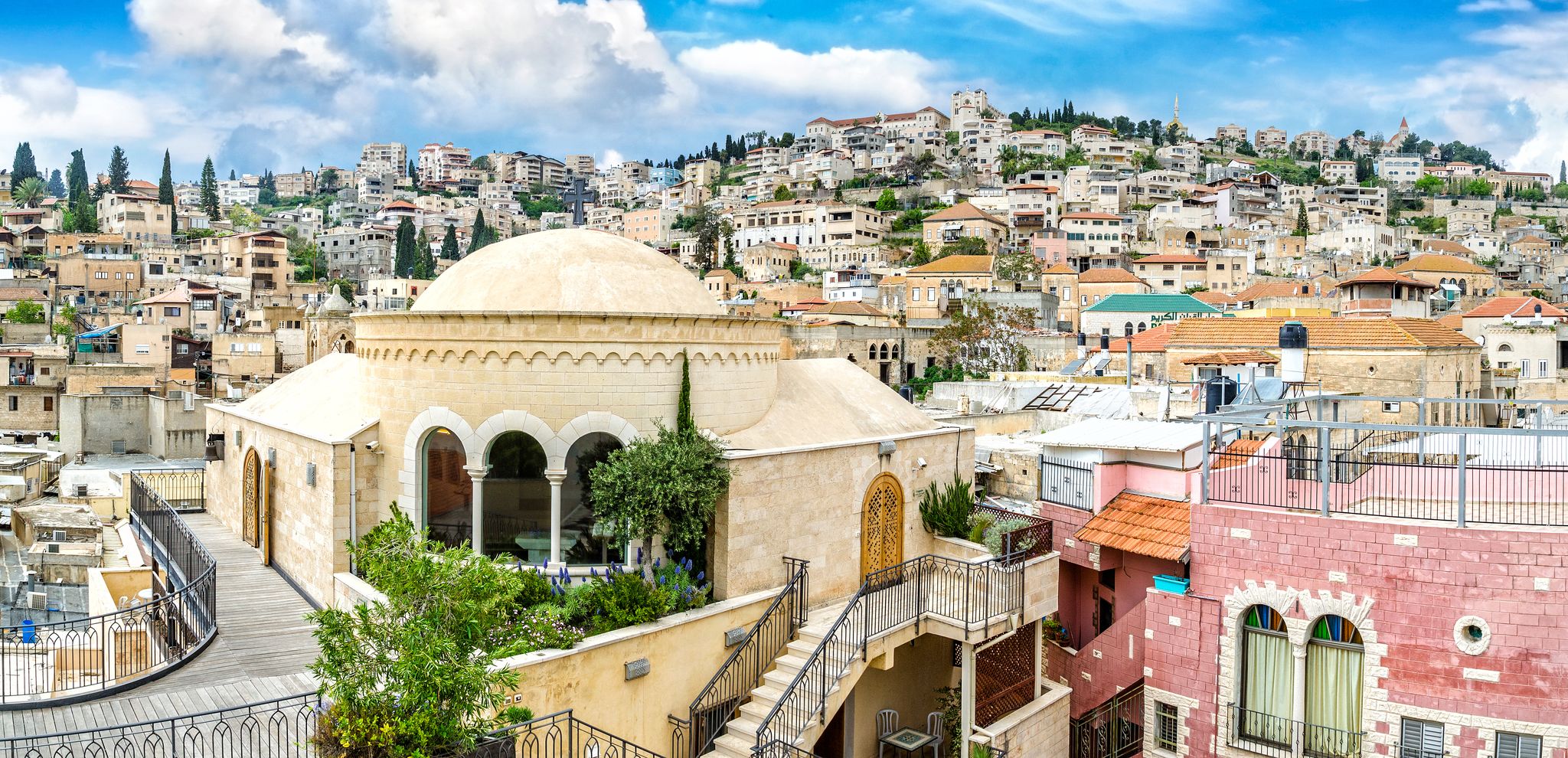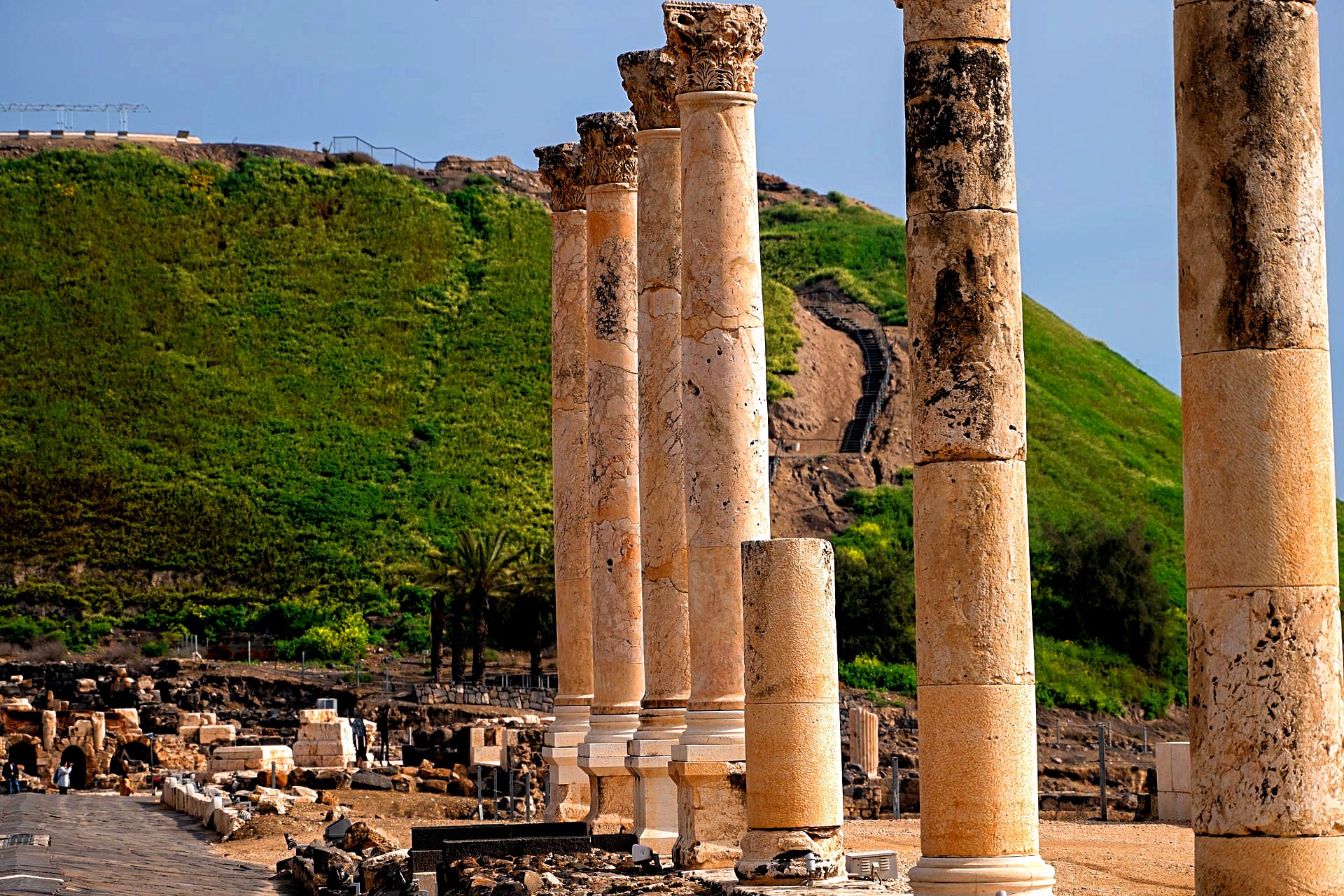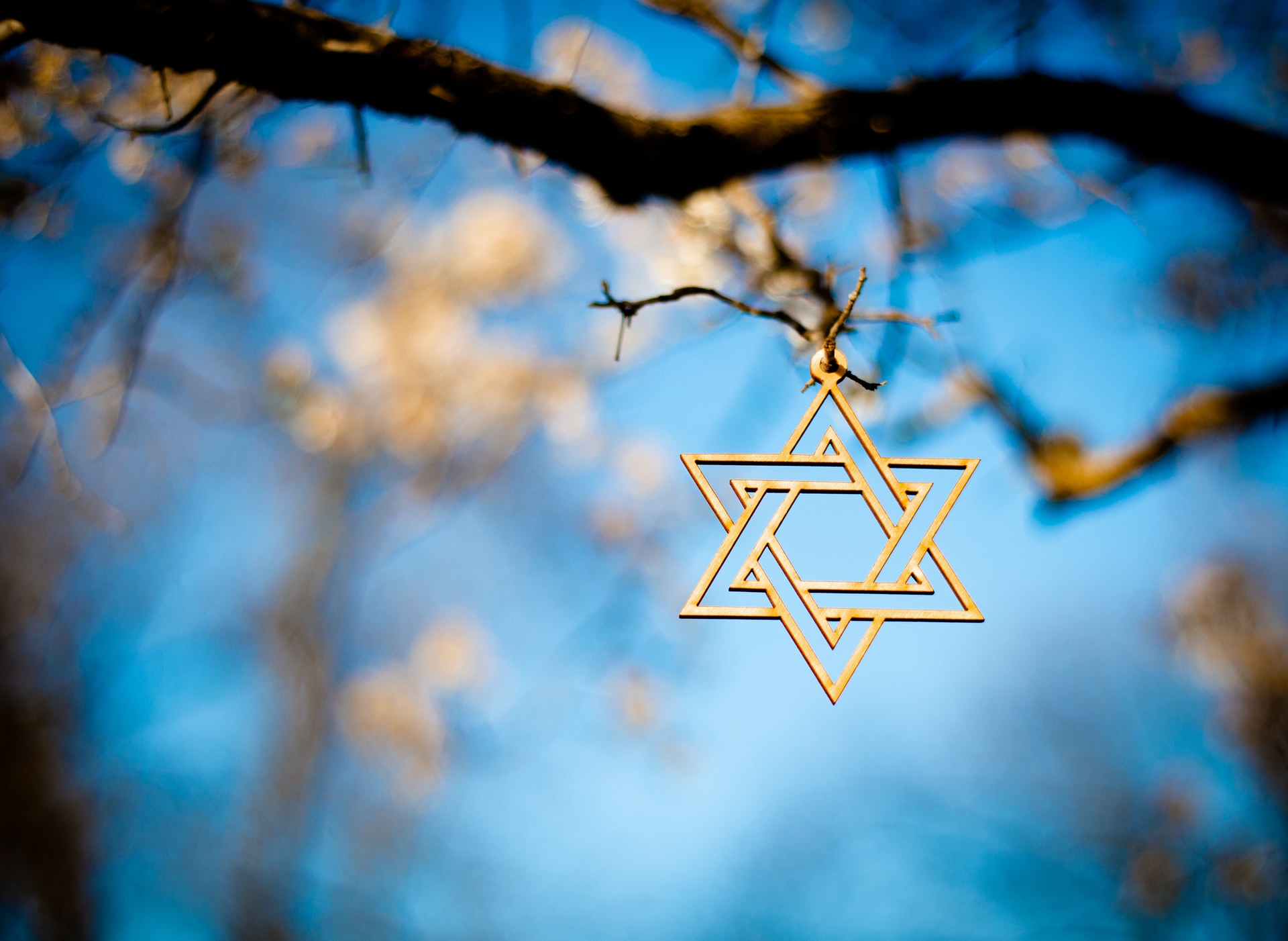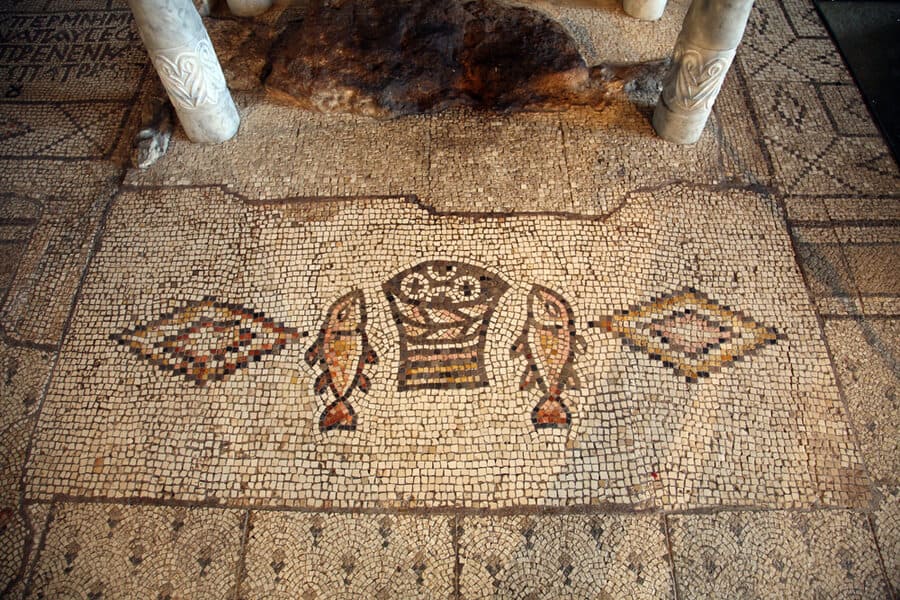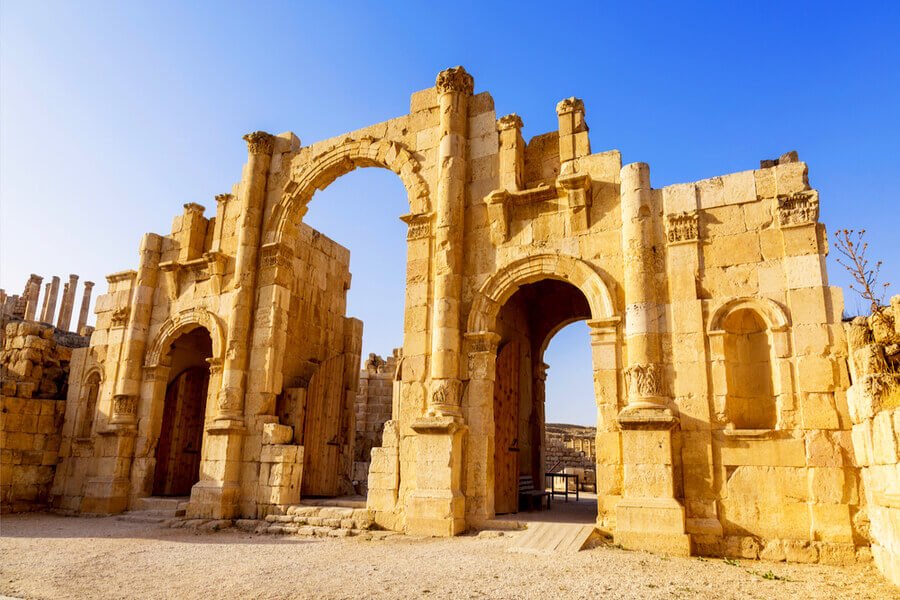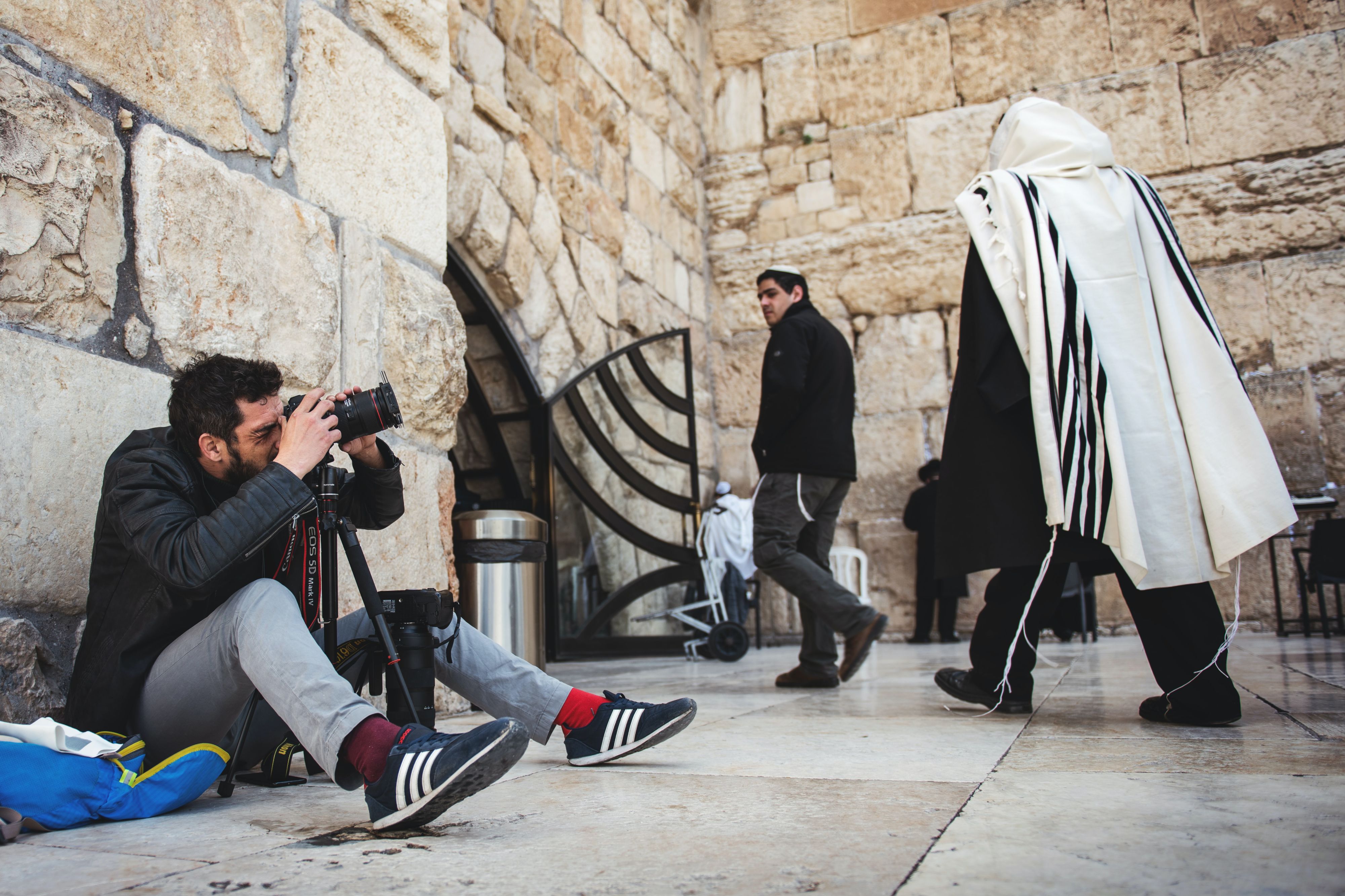10 Top Restaurants in Tel Aviv
Two or three decades ago, when you came to Israel the chances are that you’d be ordering ‘typical Israeli fare’ if you went out to eat. This could be traditional Eastern European food, such as gefilte fish, chicken soup, borscht and cholent (beef stew). Or it might be something more Moroccan - spicy peas, baked cod and orange cake. And then there was ‘Israeli street food’ - falafel, sabich, shawarma, jachnun and malawach. It was all good - but it wasn’t too adventurous.Restaurants in Tel Aviv by night. Photo byYaroslav LutskyonUnsplashThings sure have changed. Israel now has a thriving food scene and, without a doubt, Tel Aviv is at its epicenter. This lively Mediterranean city, with its non-stop nightlife, has, in recent years, become a foodie paradise, with fantastic restaurants springing up in every neighborhood. Indeed, there have been so many that it’s hard to know how to pick ten for this piece.But pick ten we will. Now we’re not saying that they’re necessarily “the best restaurants in Tel Aviv” - after all, that would be way too bold a statement to make. But in their own way, they all stand out - for their cuisine, their service, their style and their flair. Some are ‘fine dining’ establishments and others are more casual, with a very easygoing atmosphere. Here, we give you a taste of the city - from meat and fish to vegan and gluten-free, from tasting menus to tapas and from fine wines to unusual cocktails. Pick one and try it for yourself. And then pick another. In fact, extend your vacation in Israel - because once you’ve started eating in Tel Aviv, you might never want to stop.Tel Aviv perfectly combines the past and the future. Photo byShai PalonUnsplash1. Shila - Sharon Cohen Kitchen & Bar, Tel AvivStarting in the city’s north, we have Shila and for many locals and visitors to Israel alike, there’s no doubt about it - it’s the best seafood restaurant in Tel Aviv. Described by many as gastronomic heaven, it’s a great place not just to eat but also to have fun. Admittedly, the food is not cheap here but the dishes are very creative and it’s fair to say some of them are really gourmet quality. Dishes that are consistently rated highly include the blue swimmer crab, octopus carpaccio, and scallops with bacon. (Note - this is a seafood-heavy menu and very much not-kosher). For dessert, do try the pistachio turron - mousse, financier, and raspberry sorbet; it’s delectable! They also have a superb wine list. With its lively atmosphere and efficient service, Shila is definitely a fine dining establishment. But it’s also one of the city’s trendiest places - both for couples on romantic dates and groups, who love the closed outdoor seating. And because it’s open late, it’s great for Night Owls. Shila, Ben Yehuda Street 182. Tel: 02 522-1224Shila - Sharon Cohen Kitchen & Bar, Tel Aviv. Photo from Shila by Chef Sharon Cohen Facebook page2. Nina Hachi, Tel AvivThis kosher sushi and Asian-inspired restaurant has both a modern and relaxed atmosphere and is a firm favorite with locals and visitors to Israel who observe the Jewish dietary laws. With its warm wooden decor and arty presentation, you can be sure of generous portions and top-quality fresh sushi.Vegetarians will love the gyoza, spicy fried tofu, sweet potato maki, and the wonderful coconut curry. f you like raw fish, the tataki (beef/tuna) or salmon caterpillar sushi rolls are a great choice. If you’re a meat-lover, try the Teppan Yaki chicken and if you have a sweet tooth, there’s tapioca in coconut, or be adventurous and order some mochi! And one last thing - they actually have special fish dishes for pregnant women! A great kosher eatery.Nina Hachi, Ben Yehuda Street 228. Tel: 02 624-9228Nina Hachi sushi restaurant, Tel Aviv. Photo fromNini Hachi Facebook page3. Alena Restaurant at the Norman Hotel, Tel AvivThe Norman Hotel is one of Tel Aviv’s most luxurious establishments so it’s no surprise that their in-house dining options are rather classy too. In the words of Alena themselves, guests can partake of an ‘exciting menu that enhances European-inspired favorites with a Mediterranean and Galician flourish’. Intrigued? You should be. Their menu includes tortellini with hyssop butter, drumfish with toasted fennel, a charred octopus skewer, and calamari with crystal shrimp. They also pair their desserts with wines (a nice touch!) - we recommend the olive oil chocolate tart, accompanied by a Port. And if you’re not exhausted at the meal’s conclusion, head to the Norman’s Library Bar, which is incredibly elegant and full of charm - their gin martinis are to die for too! Then walk it off with a stroll on Rothschild Boulevard, which is two minutes away…The Norman, Nachmani 25. Tel: 03 543-5555.Alena Restaurant at the Norman Hotel, Tel Aviv. Photo fromThe Norman Tel Aviv Facebook page4. OCD, Tel Aviv“Does Tel Aviv have a restaurant with a Michelin star?” visitors often ask. Well, not yet, but if there’s any establishment worthy of one then we think it’s OCD. Under the watchful eye of chef Raz Rahav, a select few diners around a bar (19 per sitting) get to partake of a 19-course degustation menu, using local food from artisan producers. OCD is open exclusively for dinner, with two seatings per evening - and you may well have to book many months ahead, to be assured of a reservation. A fusion of eastern Mediterranean and haute cuisine, diners have no idea what will be on the tasting menu when they arrive but can choose from different categories of food beforehand (vegetarian, fish and seafood, meat, vegan, etc). As you sit around the bar, the open kitchen is in the background, so you can watch the sous chefs preparing each plate, quite meticulously. Indeed, it can be quite mesmerizing, watching them put so much effort into every small detail.From black caviar and trout sashimi to cauliflower pancakes and beet chutney, people continually rave about the unique textures and tastes of the gourmet food. Very pricey - but this kind of meal really does come at a price! Our tip: Order a Moscow Mule cocktail to really make the evening special.OCD, Tirtsa 17, Tel Aviv. Tel: 03 556-6774.A sandwich byOCD, Tel Aviv. Photo from OCD TLV Facebook page5. Taizu, Tel AvivOpened in 2013, by the acclaimed chef Yuval Ben Neriah, this is probably one of Tel Aviv’s best Asian restaurants. Inspired by Ben Neriah’s travels through Southeast Asia, dishes served are a twist on authentic street food from Cambodia, Vietnam, India, China, and Thailand.Taizu’s food is inspired by the five Chinese elements - fire, water, wood, metal and earth and his shareable plates reflect this theme well. Chilli crab, tiger shrimp dumplings, steamed buns and Szechuan wontons are all favorites with diners and every Sunday evening they serve a specially-themed Indian dinner, with extraordinary creations such as octopus tandoori. The desserts don’t disappoint either - we recommend the ‘mango sphere’ - mango mousse, carrot curry cream, saffron and white chocolate. Excellent service, original recipes and a wonderful atmosphere - Taizu is simply splendid, which probably accounts for the several awards it has won in the last 5 years. Prepare to open your wallet! Taizu, Derech Menachem Begin 23. Tel: 03 522 5005.Sesame-covered fish tartare by Taizu, Tel Aviv. Photo fromTaizu Restaurant Facebook page6. MESSA, Tel AvivMessa, which means ‘table’ in Spanish, is a chef restaurant established in 2004 and its menu is based on ingredients and recipes from around the globe. Combining French, Mediterranean, Italian and Asian influences, the dishes are colourful and creative. They also take decor very seriously - everything is designed to make you feel comfortable, from the restaurant area (painted entirely white) to the bar area (decked out entirely in black). Lamb pate with brandy sauce, foie gras, beef tartare, caramelized salmon with Asian dumplings (stuffed with mushrooms, peanuts, and ginger), gnocchi with pumpkin, and cheek meat ravioli in a garlic cream are some of the delectable creations they serve up. Semifreddo brulée, double cheesecake with fondue and vegan tahini parfait with raisins and pistachios are all perfect for those with a sweet tooth. This is not an everyday dining experience, and it really is expensive, but it’s worth it if you want to splurge. Messa is located in the Sarona neighborhood, so if you’ve energy after dinner, you can stroll around the area and admire the restored houses that were once part of the German Templar Village, built in 1871.MESSA, HaArba’a 19. Tel: 03 685-6859A dish from Messa's menu, Tel Aviv. Photo from Messa Restaurant Facebook page7. West Side TLVManaged by chef Omri Cohen, this upscale establishment is arguably one of the best kosher restaurants in Tel Aviv. Located inside the high-end Royal Beach Hotel, it’s made a name for itself, serving fine Mediterranean fish and meat dishes, as well as plenty of salads and vegetarian options. Red tuna tartar, Nebraska sirloin with Jerusalem artichoke, oxtail gnocchi, mushroom risotto, and tomato salad with citrus dressing are some of the menu’s offerings, and plates are beautifully balanced, with flavors that are both intense but fresh. They also have a version of the British dessert ‘Eton Mess’ - with strawberries, meringue, and cream - but, since the restaurant is kosher meat, the ‘cream’ is actually non-dairy, although very tasty! (They also have dark chocolate creations, which are excellent). Diners rave about the excellent service at the West Side, and how polite, attentive, and professional the servers are. Overlooking the sea, it’s designed in ‘NYC style’ - spacious, comfortable and contemporary. If you’re observing Jewish dietary laws, this is a great choice for dinner.West Side, Hayarkon 19. Tel: 03 740-5054.A dish with Za'atar and mint,West Side TLV Kosher Restaurant. Photo fromWest Side TLV Facebook page8. Meshek Barzilai, Tel AvivNestled in the heart of the charming Neve Tzedek neighborhood, Meshek Barzilay is by far and away one of Tel Aviv’s best vegan restaurants, and a real trailblazer when it comes to sourcing local produce. Placing their emphasis on fresh, seasonal produce, they’ve definitely proved in the last few years that food can be tasty and creative without using meat, fish or dairy produce.Their tempting appetizers include tempura vegetables, avocado Panjabi and Indonesian salad. Mains don’t disappoint either - the artichoke and cashew cheese pizza is excellent, as are the Masala Dosa and sweet and sour tofu. And if you thought vegan desserts were boring, think again. Their ‘drunken pear’, lemon tart, ‘Chocoluz’ and ‘Wild Thing’ are all worth trying, and visitors rave about their ‘chocolate leaves.’Service is friendly and professional and there’s both an indoor area and a terrace. Meshek Barzilay also offers a separate kid’s menu and a set-price dinner each Sunday night. Trust us, if you eat here, you will leave, asking yourself “How can vegan and gluten-free food be this good?”Meshek Barzilay, Ahad Ha’am 6. Tel: 03 516-6329.Various soups byMeshek Barzilay, Tel Aviv. Photo from Meshek Barzilay Facebook page9. Vicky Cristina, Tel AvivIf you’re a fan of tapas, then head in the direction of Vicky Cristina, which offers original and authentic Spanish dishes with all kinds of colors and flavors. Located in HaTachana (the old railway station in Tel-Aviv/Jaffa), it’s a great place for a fun night out, with its bar area with high stools, courtyard, and garden with mosaic-covered sculptures.Some say the atmosphere is more reminiscent of Barcelona and Madrid than the Levant and as you dig into the plates, with a pitcher of sangria next to you, you could well feel that way. There are all the dishes you’d expect - patatas bravas, fried calamari, Spanish omelet, garlic shrimp…and the menu changes throughout the year, according to what seasonal produce is available.Our tip: sit outside on the patio, next to one of the city’s oldest ficus trees, and let yourself be swept away by the live music and (if you’re lucky) flamenco dancing performances. Not cheap but a fun night out.Vicky Cristina, Hatachana (The Station), Tel Aviv. Tel: 03 736-7272Sashimi byVicky Cristina, Tel Aviv. Photo fromVicky Cristina Facebook page10. Rustico, Tel AvivWe think it’s fair to say that whilst Rustico is not super expensive, or gourmet, it’s still one of the best Italian restaurants in Tel Aviv. In their own words, they serve classic fare - salads with olive oil and balsamic vinegar, pizzas and pasta, lasagnas, risottos and seafood, all with typical Italian warmth and informality.The dishes are flavourful, well-presented, and generous in their portions and there’s a huge terrace outside, which is perfect for warm days. Inside, the atmosphere is cozy but the wait staff are still alert, attentive and professional.Dishes that never disappoint are the gnocchi with mascarpone and chestnuts, chicken liver with black pepper, sherry butter shrimp linguine, mushroom risotto and sea bream fillet. The pizzas are fantastic and vegan cheese is available for three of the options. Their classic - ‘the Rustico’ - with tomatoes, mozzarella, arugula and parmesan is, frankly, out of this world.Rustico has a good wine list, the bartenders can whip up excellent cocktails and there are a few nice little touches - like serving patrons a shot of limoncello, whilst they’re deciding on dessert or ordering espresso. And if you have a sweet tooth, you could do worse than try their tiramisu or créme brûlée... Whether you’re seated at a table, around the bar or outside on the terrace, this is the closest thing you’ll get to sitting in Piazza Navona in Rome, with a 6 pm aperitif. Rustico, Rothschild Boulevard 15. Tel: 03 510-0039Dinner at Rustico, Tel Aviv. Photo credit: ©Asaf Karela, from Rustico Facebook pageWe hope your taste buds have been tickled with this list of wonderful restaurants, and that you’re tempted to book a table. Finally, if you’d like to take one of our tours of Tel Aviv (including the Jaffa Port and flea market, or a Food Tour of the Carmel Market) don’t hesitate to contact us for more information.









